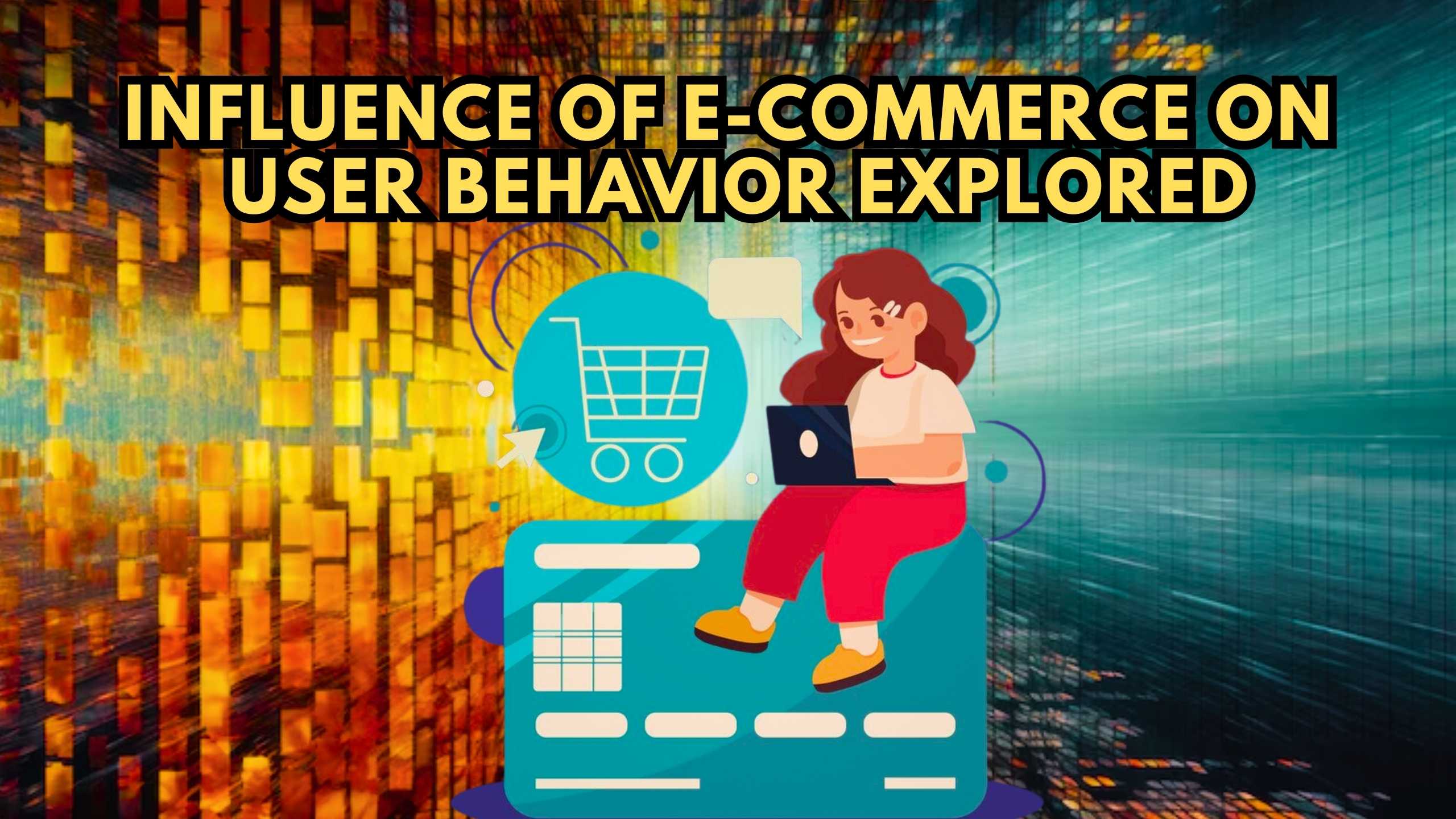Influence of E-commerce on User Behavior Explored


Influence of E-commerce on User Behavior Explored
E-commerce has revolutionized the way consumers interact with businesses, profoundly influencing user behavior in the digital landscape. In this exploration, we delve into the multifaceted impact of e-commerce on user behavior, examining its implications on online shopping habits, decision-making processes, and overall user satisfaction.
1. Shifting Purchase Patterns
The advent of e-commerce has fundamentally transformed how users make purchases. With the convenience of online shopping platforms like Amazon and eBay, users now have unprecedented access to a vast array of products, leading to a shift in purchasing patterns. The ease of browsing, comparing, and purchasing items online has significantly altered the traditional retail landscape.
2. Informed Decision-Making
E-commerce platforms heavily leverage user-generated content, such as product reviews and ratings, to influence user behavior. Consumers often rely on platforms like Trustpilot and Yotpo to make informed decisions. Positive reviews and high ratings contribute to increased trust and confidence in the purchasing process.
3. Personalization in Product Recommendations
E-commerce giants like Alibaba and Shopify employ sophisticated recommendation engines to personalize the shopping experience. By analyzing user preferences and past interactions, these platforms suggest products tailored to individual tastes, enhancing user satisfaction and increasing the likelihood of successful transactions.
4. Impact on Brick-and-Mortar Stores
The influence of e-commerce extends beyond the digital realm, affecting brick-and-mortar stores. Retailers, such as Walmart, have embraced omnichannel strategies, integrating online and offline experiences. Users can browse products online, make informed decisions, and choose between online delivery or in-store pickup, creating a seamless and flexible shopping journey.
5. Social Commerce
Social media platforms like Instagram and Facebook have become significant players in e-commerce, influencing user behavior through social commerce. Users discover products through social media channels, with features like shoppable posts and integrated checkout options streamlining the path from discovery to purchase.
Relevant SaaS Products:
- Amazon: Elevate your e-commerce business with Amazon’s robust platform, offering a diverse marketplace and sophisticated fulfillment services for seamless transactions.
- Trustpilot: Build trust and credibility by integrating Trustpilot’s review management platform, allowing users to share and access authentic reviews, influencing purchasing decisions.
- Alibaba: Explore global e-commerce opportunities with Alibaba’s platform, connecting businesses and consumers worldwide through a vast network of suppliers and buyers.
- Shopify: Create a personalized and user-friendly online store with Shopify, leveraging its e-commerce solutions to enhance the shopping experience and drive sales.
- Walmart: Embrace omnichannel retail with Walmart’s platform, seamlessly integrating online and offline experiences for a comprehensive shopping journey.
Conclusion
The influence of e-commerce on user behavior is undeniable, shaping how individuals discover, evaluate, and make purchasing decisions. As the e-commerce landscape continues to evolve, businesses must adapt to these shifts to provide a seamless and personalized user experience.
Revolutionize Your E-commerce Strategy with Subscribed.fyi!
Ready to optimize your e-commerce stack? Subscribed.fyi offers exclusive deals on essential SaaS tools. Sign up for free to unlock secret deals and access savings on tools that streamline your e-commerce operations, providing insights and efficiency that align with the evolving user behavior in online shopping.
Relevant Links:





